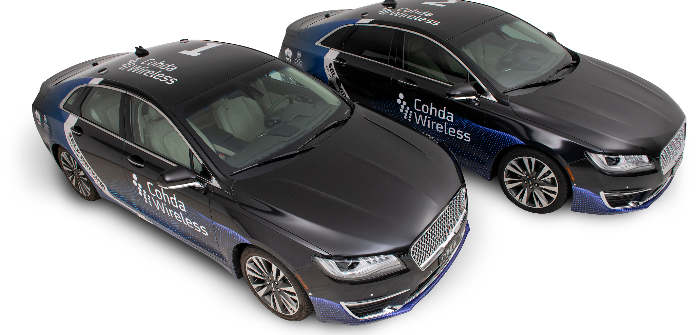A live trial of connected vehicle technology has taken place on the streets of Adelaide, Australia, to demonstrate how effective V2X can perform in the challenging environment of a city.
Cohda Wireless, an Australia-based company that develops software for connected autonomous vehicles, replicated a real-life scenario in the city of Adelaide involving two cars – one human driven, one autonomously driven – at a four-way intersection where V2X could avoid a potential collision.
“We demonstrated that when vehicles are connected to each other using our smart V2X technology, the connected autonomous vehicle would detect that [another car]is approaching the red light at speed and is probably not going to stop. This allows the connected autonomous vehicle to pre-emptively identify and respond to the threat by slowing down and stopping,” said Professor Paul Alexander, Cohda Wireless’s chief technical officer.
“Cohda’s V2X technology allows vehicles to ‘speak to each other’ to extend their perception horizon,” added Professor Alexander.
The trial was specifically designed to take place in the city as such environments, which are known as ‘urban canyons’, where positioning reliant on global navigation satellite systems (GNSS) can be difficult and inaccurate – something that would be a major safety issue.
“The area in the city of Adelaide in which the trial was conducted was one such urban canyon where positioning through GNSS can be off by up to 40m, but with our V2X Locate technology positioning accuracy is improved to within a meter,” said Professor Alexander.


